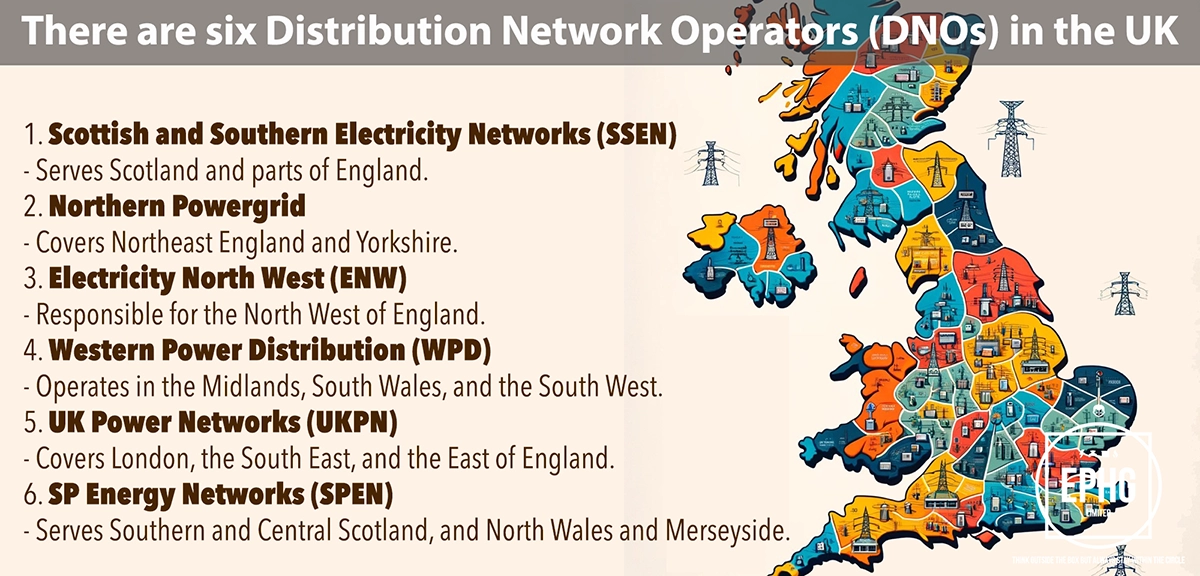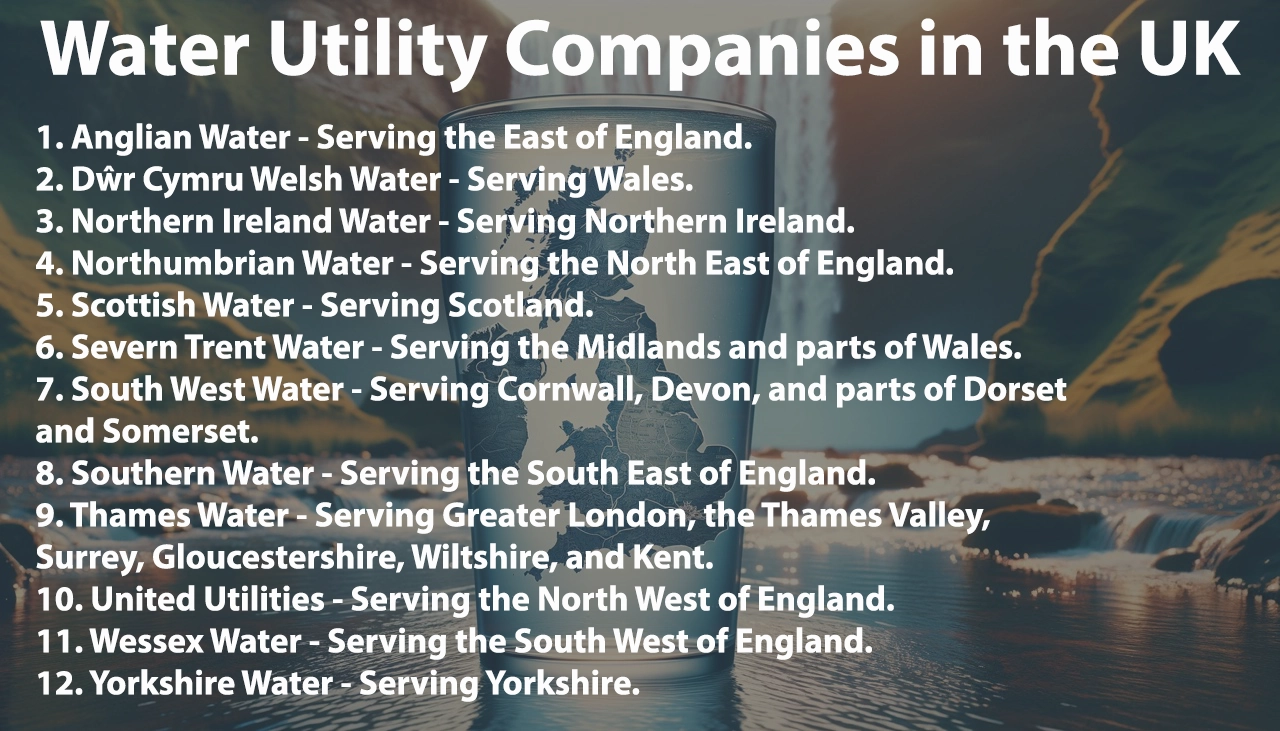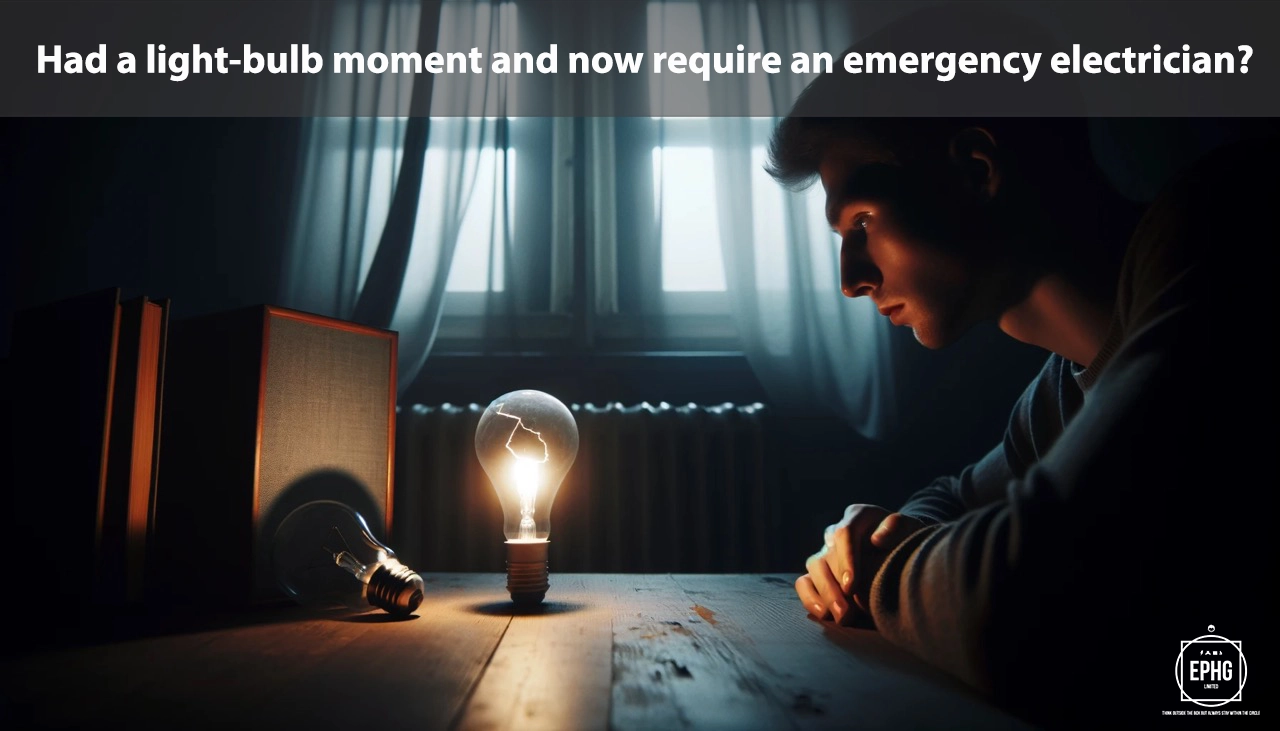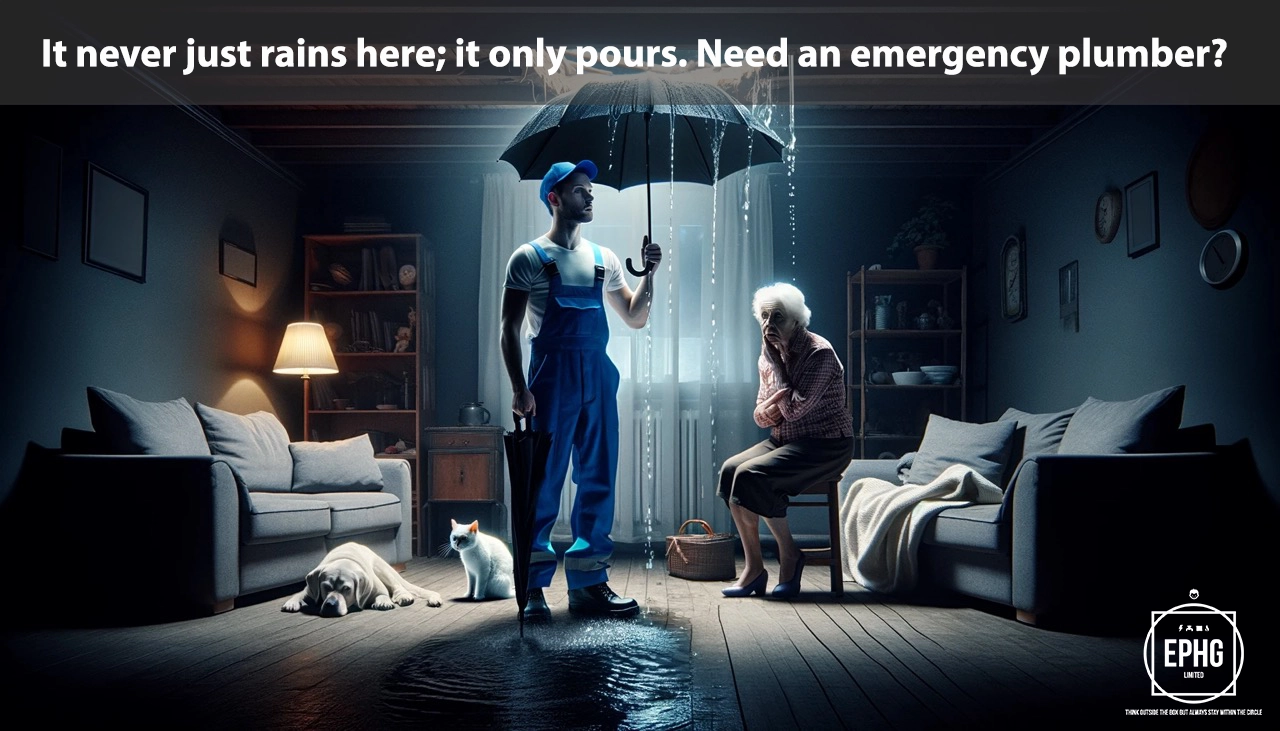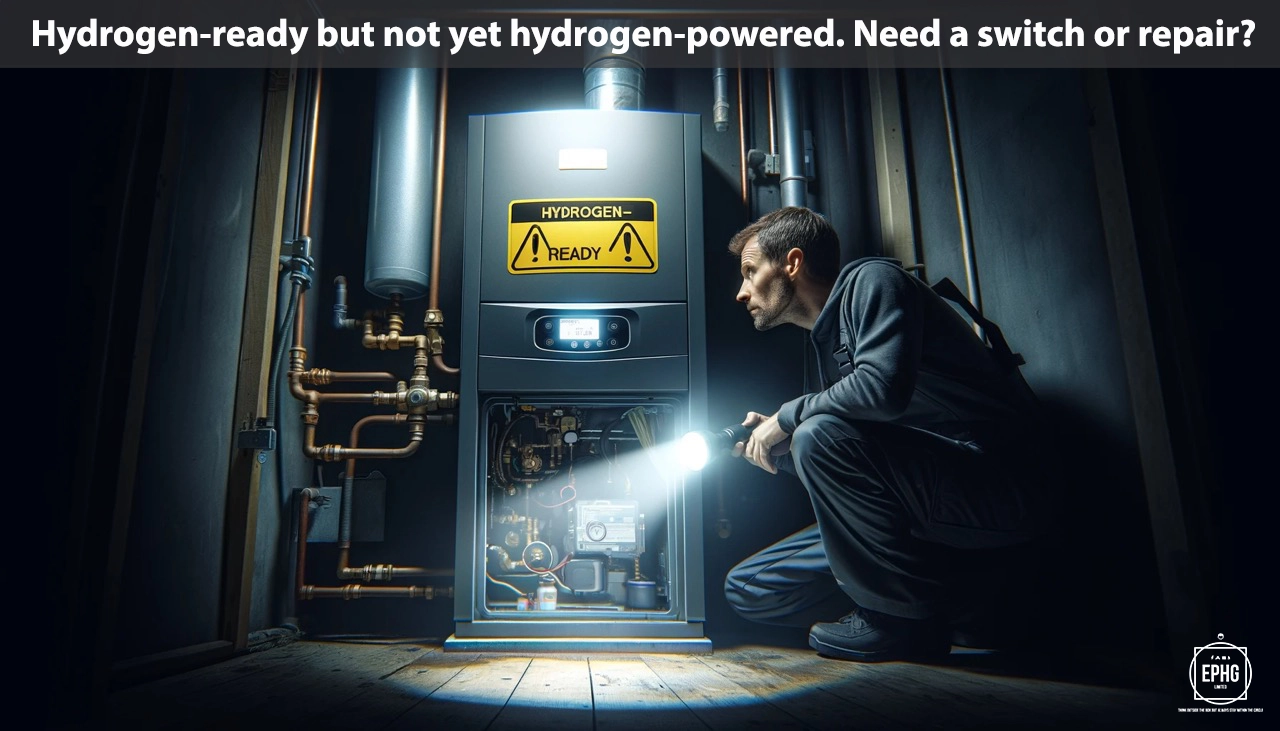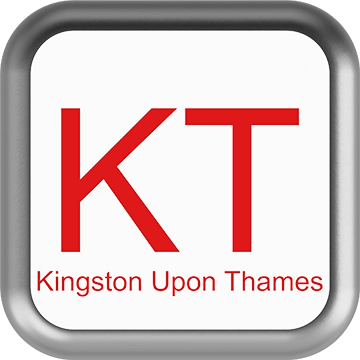
KT Postcodes for Utilities & Services in Kingston
Introduction: The KT postcode area, covering Kingston upon Thames and surrounding areas, offers a diverse range of utilities and services for its residents. This section delves into the specifics of water and electricity provision in the region, along with other essential information.
Water in Kingston
Where does the water supply come from in Kingston and is there ever a shortage of water?
The primary water supply for the Kingston area comes from the River Thames, which is an essential source of water for much of Greater London. Additional supplies are sourced from nearby rivers, such as the River Mole and the Hogsmill River, both contributing to the local water network. These rivers are integral to meeting the demand for clean, fresh water in the area. Despite London's extensive water management infrastructure, Kingston can face water stress due to the capital's dense population and variable weather conditions. To mitigate this, water companies implement rigorous resource management and conservation strategies. While outright shortages are rare, residents are encouraged to use water efficiently, especially during unusually dry periods or heatwaves, to ensure sustainability and maintain supply levels.
What is the hardness & quality of the water in Kingston and can this affect your health?
Water in the Kingston area is typically classified as 'moderately hard' due to its journey through chalk and limestone areas before reaching the local distribution systems. The hardness is due to higher levels of calcium and magnesium in the water, a common characteristic for much of the London area. While moderately hard water can lead to more limescale buildup in household appliances, it is not harmful to health and can contribute beneficial minerals to your diet. The water quality in Kingston is closely monitored, adhering to strict safety and quality regulations to ensure it remains safe for consumption. Regular testing for various parameters ensures that the water does not pose any significant health risks. Nevertheless, some residents prefer to use water softeners or filters to manage hardness and taste. As with any public water supply, it is crucial for both authorities and consumers to remain vigilant about water quality to ensure its ongoing safety and palatability.
Electricity in Kingston
Where does the electric supply come from in Kingston and what is the future of energy there?
The electricity supply in the KT postcode area, encompassing Kingston upon Thames and its neighboring regions, primarily derives from the national grid, with a significant portion generated from renewable sources. The area benefits from its proximity to London's diverse energy mix, incorporating solar, wind, and biomass energies alongside traditional fossil fuels. Kingston has been making strides towards sustainability, with local initiatives aiming to increase the contribution of green energy. The region is also exploring the use of river turbines in the Thames for hydroelectric power. The future of energy in Kingston is geared towards further reducing carbon emissions and enhancing energy efficiency. Investments are being made in renewable energy projects, and there is a growing movement towards the electrification of public transport and private vehicles. The vision for Kingston is to create a resilient, sustainable energy network that supports the area's environmental goals and provides secure, clean power to all residents.
When is hydrogen coming to gas boilers in Kingston?
While Kingston is part of the greater London area, which is keen on adopting green technologies, the specific timeline for the integration of hydrogen into residential heating systems, such as gas boilers, remains under development. The transition depends on broader UK strategies for reducing carbon emissions and could follow after pilot projects in selected regions. Residents of the KT area are encouraged to keep abreast of local and national energy policies. They should also consider energy-efficient solutions for their heating needs and stay informed about potential government schemes for boiler upgrades or replacements. As the shift towards greener alternatives progresses, Kingston's local authorities and service providers will likely offer guidance and support for transitioning to hydrogen or other sustainable heating methods.
Where Does the Wastewater Go in Kingston
In Kingston, wastewater treatment is a crucial component of maintaining the region's hygiene and environmental standards. Wastewater from homes, businesses, and industries is collected and directed to local treatment facilities, such as the Hogsmill Wastewater Treatment Works. These facilities employ advanced processes to remove contaminants and ensure the treated water meets legal safety standards before it is returned to the Thames. This cycle of collection, treatment, and discharge is essential for protecting the area's water quality and public health. Kingston's wastewater management reflects the broader commitment to preserving the local environment and supporting sustainable urban living.
Regions and Services:
The KT postcode covers a wide array of environments, extending from the bustling localities of Kingston upon Thames to the serene settings of its surrounding towns and villages. Key regions include:
- Kingston upon Thames: The central hub of commerce and activity, featuring sophisticated electrical and gas networks, and moving towards sustainable energy solutions.
- Surbiton, New Malden, and Chessington: These towns blend historical charm with contemporary amenities, providing a mix of old and new services to residents and businesses.
- Walton-on-Thames, Weybridge, and Esher: Areas known for their scenic landscapes and affluent neighborhoods, where green energy initiatives and high-quality utilities are increasingly prevalent.

Regions within the KT Postcode
Kingston upon Thames
- KT1: Kingston town centre, Hampton Wick
- KT2: Norbiton, Coombe
- KT3: New Malden, part of Old Malden
- KT4: Worcester Park, part of Old Malden
- KT5: Berrylands, part of Surbiton
- KT6: Surbiton, Tolworth, part of Long Ditton
- KT7: Thames Ditton, Weston Green
Surrounding Areas and Villages
- KT8: East Molesey, West Molesey, Hampton Court Palace
- KT9: Chessington, Hook, part of Malden Rushett
- KT10: Esher, Claygate, Hinchley Wood
- KT11: Cobham
- KT12: Walton-on-Thames, Hersham
- KT13: Weybridge
- KT14: Byfleet, West Byfleet
- KT15: Addlestone, New Haw
- KT16: Chertsey, Lyne
- KT17: Epsom, Ewell, Stoneleigh
- KT18: Epsom, Tattenham Corner, Headley
- KT19: Horton, West Ewell
- KT20: Tadworth, Kingswood, Lower Kingswood
- KT21: Ashtead
- KT22: Leatherhead, Oxshott, Fetcham
- KT23: The Bookhams
- KT24: West Horsley, East Horsley, Effingham
